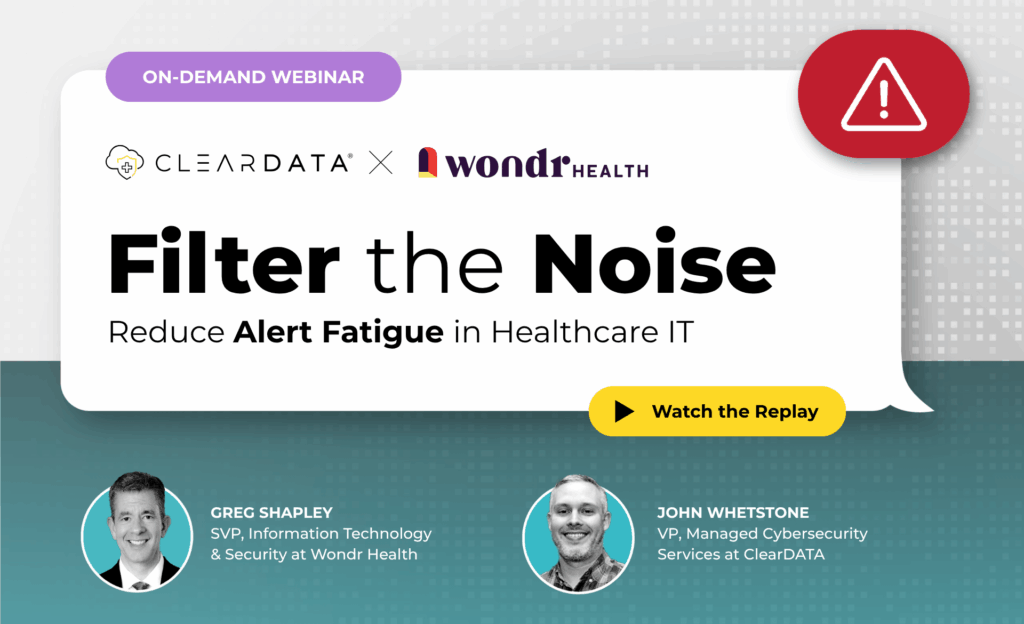Best Practices in Healthcare IT Disaster Recovery Planning will help you assess your readiness for a secure, HIPAA compliant, cloud-based, disaster recovery solution. Then help you determine the best deployment options for your organization, and map out the steps required to get there.
Although catastrophic natural disasters get all the headlines, the most common threats to your PHI and IT infrastructure are hardware/software failures, power outages, and fires. The question isn’t if, but when they will occur.
A 2014 report surprisingly indicates that 82% of hospital IT executives do not believe they are prepared for a disaster recovery incident. For Critical Access Hospitals, where alternative care is not easily accessible, prolonged recovery times can put lives at risk. You must be proactive to ensure that when a disaster occurs, your data will be protected so you can quickly get back to treating your patients.
As a healthcare IT organization you face a mountain of responsibilities dealing with electronic patient records and critical IT applications. You must comply with government mandates, protect the privacy of your patients, and ensure patient data and applications are available to practitioners in the event of downtime or disaster.
In recent years, the cloud has matured, becoming a viable option for healthcare data backup, and offering multiple deployment models that can get you out of the data center business and back to the business of treating patients–with better data recovery metrics and an OPEX pricing model that saves budget resources and maximizes your reimbursements.


